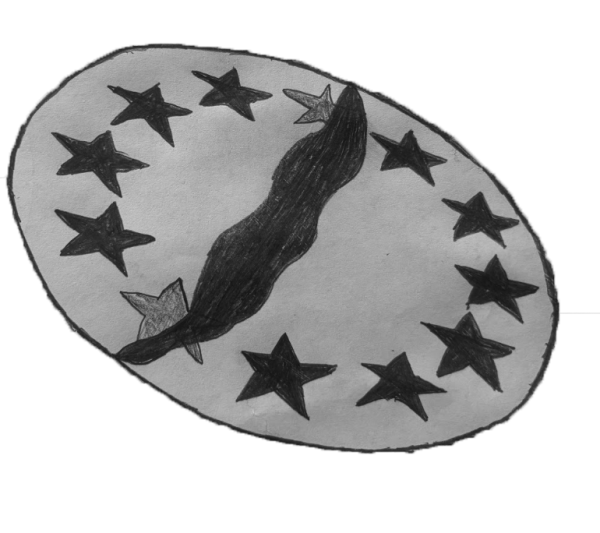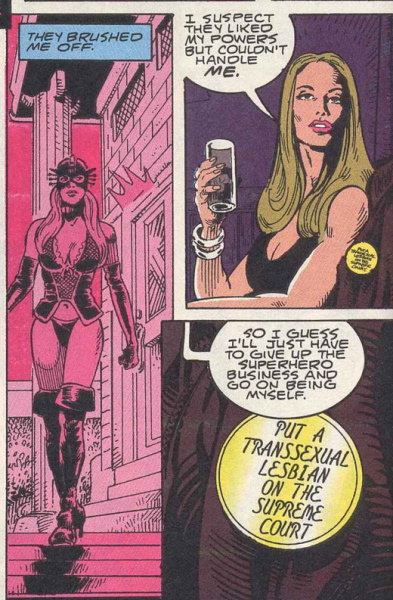Time to Panic Means Time to Act
What comes next after the Climate Strike?
More than 15,000 students all over the world marched out of schools on March 15th because our lives are in jeopardy due to climate change. Images of teenagers and young children taking to the streets poured in from over 120 countries, signs in hand imploring elected officials to take action before it’s too late. School Strike for Climate, a movement started by Swedish teenager Greta Thunberg, has become an international movement of youth standing up for our right to a livable future.
I went to the Seattle rally at Cal Anderson park that Friday, but I left feeling frustrated and disappointed. The typical speeches and chants drove home the need for immediate change, but left me and others I talked to feeling at a loss for what we can actually do to avert humanity’s disaster course.
Climate change is something that causes me anxiety daily, a completely rational terror as we have 11 years, according to United Nations climate scientists, to drastically reorganize society and our way of life before the damage to the atmosphere becomes irreversible. That means more smoky summers, more hurricanes and droughts, and an escalating refugee crisis as more of the earth becomes unsupportive of human life.
I walked out of school hoping to alleviate some of that anxiety by taking action. Youth are the demographic that will across the board be most impacted by climate change, and we aren’t represented in the political process. Attending a rally obviously isn’t a real fix, but it’s better than nothing, right? However, this event’s formulaic speeches brought home that going to a park, doing call-and-response cheers, and going home is not a sufficient reaction to the scale of crisis we face.
The main call to action was to lobby legislators to support the Green New Deal, the revolutionary program to avert climate catastrophe proposed by New York congresswoman Alexandria Ocasio-Cortez and Massachusetts Senator Ed Markey. It’s the only resolution moving through national politics right now that feels anywhere near hopeful, as it presents an actual plan for transition to a more sustainable society and economy. But beyond phone-banking to senators that, despite marketing themselves as progressive and climate-friendly, have not yet signed on to the Green New Deal, what can we do?
We can make our own communities as sustainable as possible to help us get closer to a world which can support us.
“I recommend [peope] work on food, learning how to grow food, doing it together,” said local activist Zarna Joshi, who helped found the direct action group Women of Color Speak Out. Sustainable farming within communities can help promote self-sufficiency, and healthier relationships with land and with food.
Despite the image of environmentalists as white middle-class hikers, climate change is above all a social justice issue.
Sea-level rise is disproportionately affecting poorer countries in the Global South, which are the least responsible for the climate crisis. Countries close to sea level such as Guam and Puerto Rico emit comparatively small amounts of carbon, yet are being hit the hardest with destructive superstorms and flooding.
Within the United States, institutional racism puts communities of color in elevated danger from the effects of climate change and pollution. From Hurricane Katrina to the water crisis in predominantly-African-American Flint, Michigan, the government is less likely to prioritize the needs of communities of color.
This is especially true for Native communities: The Dakota Access Pipeline was rerouted to run across Sioux native land to avoid contaminating the water of the predominantly white city of Bismark. Activists protecting Sioux land from the Dakota Access Pipeline were arrested and pepper-sprayed. The environmental degradation in the Americas is the direct result of US colonial exploitation of land taken from indigenous people.
In our generation, people often engage with the impending crisis either with depressed apathy– “the world is already screwed, there’s nothing I can do”– or with denial of how severely it will actually affect us. How do we find a middle ground, channeling our dissatisfaction at the state of the world into meaningful change in the present, without getting burnt out?
Joshi emphasizes the importance of building a community around activism and making change.
“Work together in a way that builds community. Share your feelings about being afraid, about not feeling hope. If you can share those feelings together, it makes it easier to process them and move past them,” Joshi said. “We can’t be sustainable without sustaining each other.”




